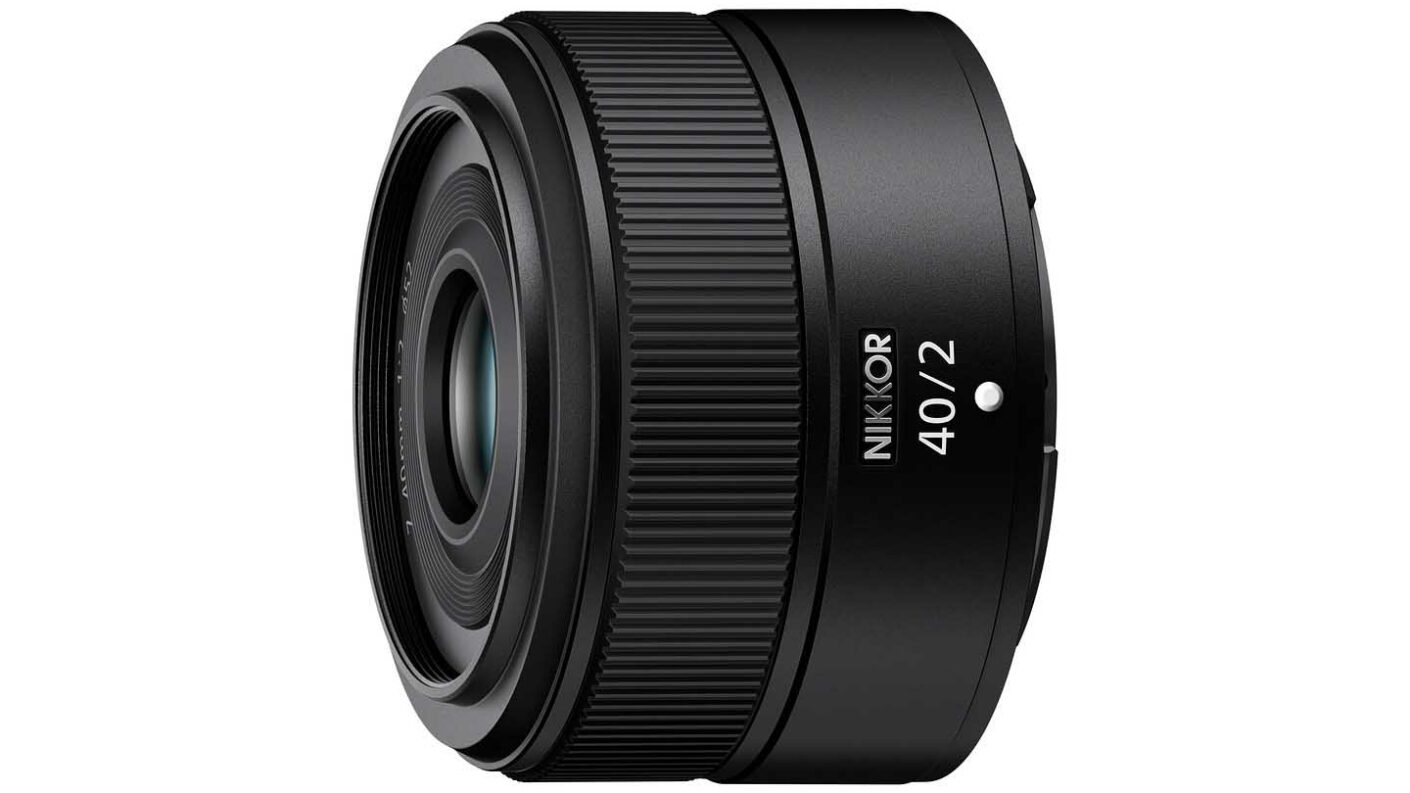While it doesn’t hit the same level of performance as Nikon’s S-line lenses, the Nikkor Z 40mm f/2 is no slouch and there’s a good level of sharpness throughout its aperture range. If you check the far corners of images captured at f/2 at 100% on a computer screen you’ll see that they are softer than the centre, but it’s not problematic at normal viewing sizes or in most real-world shooting situations.
Closing down to f/2.8 makes a significant difference to the corner sharpness and by f/4, it’s very good. The best results are seen in the range f/4-f/11, with the f/8 being particularly impressive, but I’d happily use the entire f/2-16 range.
It’s worth activating the Nikon camera’s Vignette Control as this reduces the amount of corner shading that’s visible at larger apertures, however, I didn’t see much change between the different Vignette Control levels and use ‘Normal’ as my default setting.
Closing down from f/2 to f/2.8 removes most of the corner shading, but if you switch quickly between images of an identical scene shot at different apertures you’ll see the corners continue to brighten as you close down further to f/5.6. I don’t find the degree of vignetting objectionable at f/2 when the Vignetter Control is at Normal, but it can be obvious without the in-camera control. However, it can also be removed using the profile correction that’s available in Adobe Camera Raw and Lightroom.
Without the in-camera or software profile being applied, there’s a very slight hint of barrel distortion visible in images shot using the Z 40mm f/2, but it’s not worth worrying about and the profiles eliminate it anyway.
For the most part, the Nikon Z 40mm f/2 focuses quickly and accurately, and it’s compatible with the camera’s Eye detection AF, but on a few occasions it failed to respond to a close subject and stayed focussed at infinity. I found a quick solution was to hold my hand a little further away than the subject and focus on it before taking my hand away, recomposing the shot and half-pressing the shutter release again to focus on the intended subject. Another option is to switch to manual focusing or, if you have the control ring set to M/A, you can adjust the focus directly.
Once the lens is in the right zone, it focuses quite quickly on close subjects, but if it’s focussed a long way off, it can struggle.
There’s also a little focus breathing. It’s not bad, but if you’re shooting a subject that’s moving towards or away from you, you’re likely to spot a slight changing in the framing.
Nikon doesn’t supply a lens hood with the Z 40mm f/2 and I was concerned that flare might be an issue, especially with the low sun at this time of year (November in the UK). Thankfully, it’s not a major issue when the sun is outside the frame. However, if the sun is in the frame, it’s worth having a second look just to make sure that it’s not causing problem elsewhere in the image as I noticed a couple of purple orbs that would be very difficult to remove post-capture.
Chromatic aberration is also controlled pretty well and I only found a few subtle examples in images of backlit tree branches. As is often the case, these were easy to remove using the Defringe tool in Adobe Camera Raw, it takes no more than a few seconds.
The rounded 9-blade aperture of the Z 40mm f/2 does its job well and out of focus areas look good. Small highlights are circular even close to the corners of the image and there’s just a suggestion of the soap bubble effect (a defined ring around the edge).



